Pandanus, commonly known as Screw Palm or Screw Pine, is a fascinating and diverse genus of plants that belong to the Pandanaceae family. Here is some detailed information about Pandanus, including its characteristics and cultural requirements:
- Appearance: Pandanus plants are known for their unique spiral arrangement of leaves, which gives them the distinctive “screw” appearance. The leaves are long, narrow, and linear, with prominent spiky edges and sometimes armed with thorns. The plants have a rosette or tufted growth habit, and some species can develop aerial prop roots or stilt roots.
- Species and Varieties: The genus Pandanus consists of over 700 known species, which vary in size, leaf color, and growth habit. Some popular species include Pandanus amaryllifolius (Pandan Leaf), Pandanus utilis (Screw Pine), and Pandanus tectorius (Hala Tree). There are also cultivated varieties with different leaf patterns and variegation.
- Environmental Requirements: Pandanus plants are primarily tropical or subtropical in nature and are commonly found in coastal regions. They thrive in full sun to partial shade and require warm temperatures to grow well. While some species are tolerant of drought conditions, others prefer consistently moist soil. It is important to provide well-draining soil to prevent waterlogged conditions.
- Cultivation: Propagation of Pandanus plants is typically done through seeds, stem cuttings, or air layering. The plants are relatively slow-growing, and it may take several years for them to reach maturity. They can be grown in containers or planted directly in the ground, depending on the species and the desired application.
- Uses: Pandanus plants have a variety of practical and cultural uses. The leaves are often used for weaving mats, baskets, and other handicrafts. In some cultures, the leaves are used for cooking and flavoring dishes, such as in Southeast Asian cuisine. Additionally, the plant’s roots and fruits have been used for medicinal purposes in traditional medicine.
- Maintenance: Pandanus plants generally require minimal maintenance. Regular watering, fertilization, and occasional pruning to remove dead or damaged leaves are typically sufficient to keep them healthy. Some species may benefit from occasional misting or high humidity, especially in indoor environments.
- Cultural Significance: Pandanus plants hold cultural significance in many regions where they are native. They are often associated with traditional ceremonies, rituals, and symbolic meanings in various cultures, especially in the Pacific Islands and Southeast Asia.
Pandanus, or Screw Palm, is a visually striking and culturally significant plant genus. Its unique spiral arrangement of leaves, adaptability to different growing conditions, and various practical uses make it a fascinating addition to gardens, landscapes, and cultural traditions around the world.

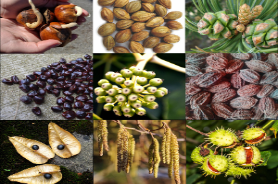


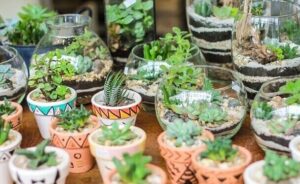



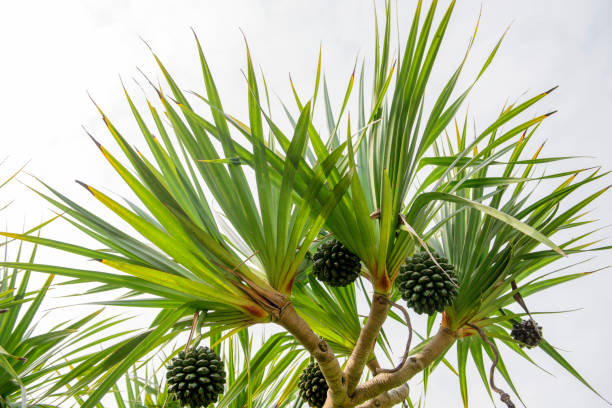
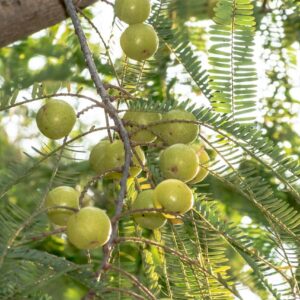

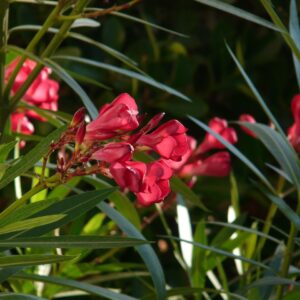

Reviews
There are no reviews yet.